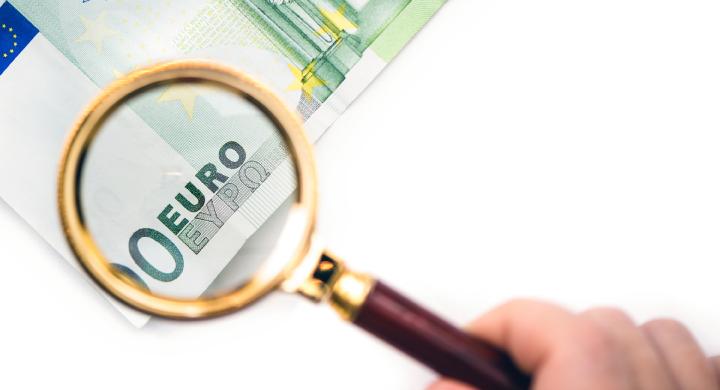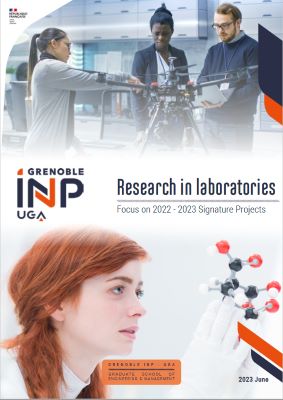Microscopic printed anti-counterfeiting codes
After obtaining his engineering degree from Grenoble INP - Pagora, Louis Vallat-Evrard began a thesis at the Laboratoire Génie des Procédés Papetiers (LGP2*) to study printed 2D micro-codes to combat counterfeiting.




 graduate of
graduate of 